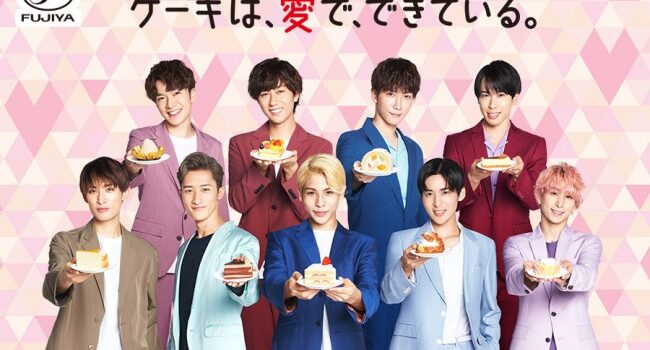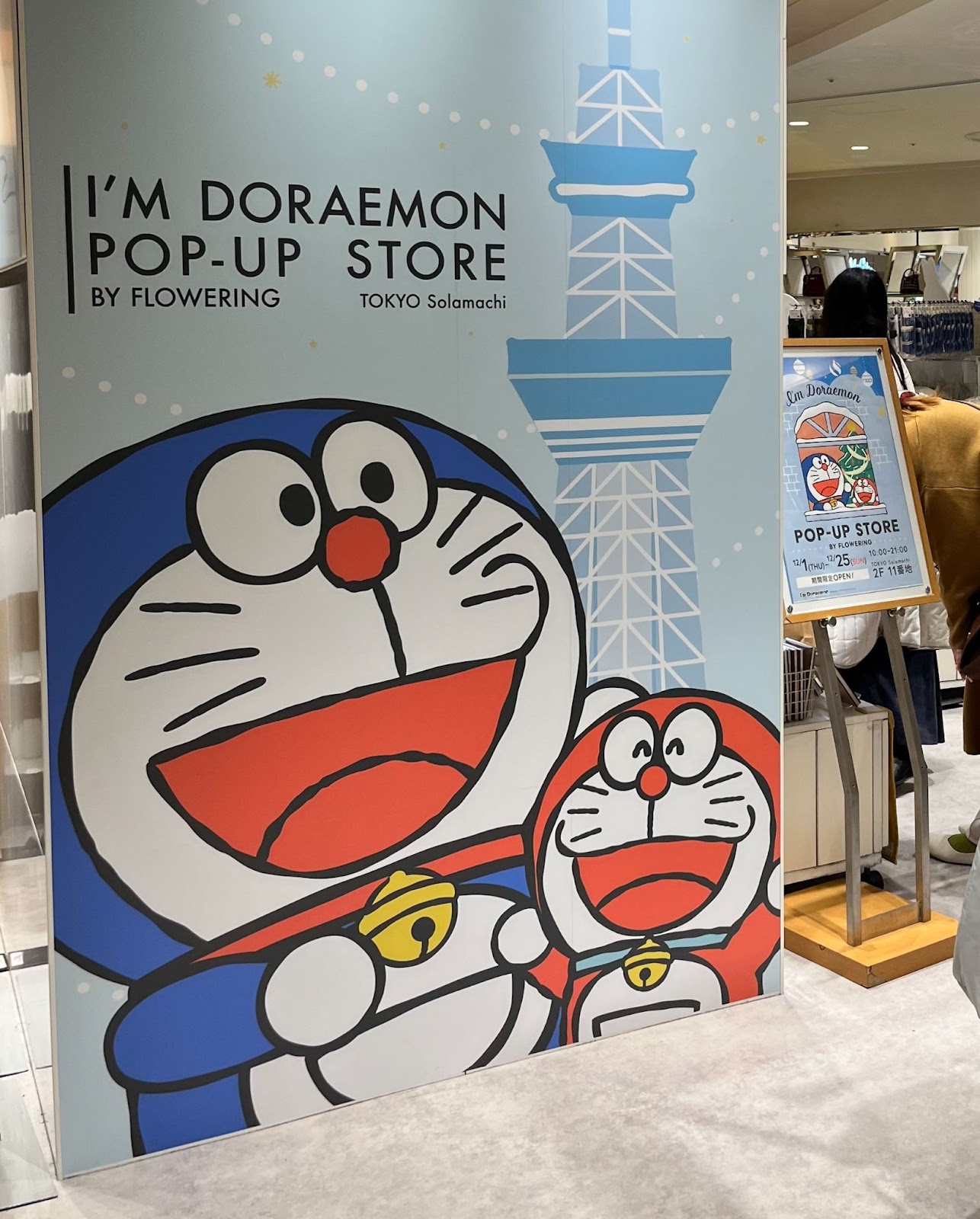 Consumer Insights
Consumer Insights
Japanese valentine’s day 2022 sales predictions: The New Normal…
By Natsune Oki
It is the time of year when red hearts are all around us ー Valentine’s Day is on its way! But how does Valentine’s Day in Japan differ from that in the West? What has been the impact of the pandemic on sales? How are the chocolate brands being discovered by consumers for this special event? Is there a new trend for this year’s Valentine’s Day in Japan? We will answer all the above questions in this blog post.

This post is an update from our previous article – Sharing the Love: Valentines Day in Japan 2020
Valentine’s Day in Japan vs. Valentine’s Day in the EU
In many Western cultures, Valentine’s Day is celebrated by both genders in a relationship, mutually giving romantic presents or experiences for their partners. Furthermore, society still places a higher pressure on men, with silent responsibilities for them to arrange romantic meals for their partner on this special day. However, in Japan, it is very common that Valentine’s Day is treated as the date where women give gifts to men. Typically the gift is chocolate. You can find both honmei “本命” (real chocolate) and giri “義理” (obligatory chocolate). For those of you who have never heard of “obligatory” chocolate, it is a cultural customary gift given to men from women on Valentine’s Day. Unlike “real” chocolate (which is given to their actual romantic partners), obligatory chocolates are given out of appreciation and politeness to their male co-workers, bosses, and acquaintances. Some may say this is unfair, but this is why Japan also has what we call White Day, “ホワイトデー”, celebrated a month later.

What is White Day in Japan?
For many Western countries, Valentine’s Day with all its frills is old news by March 14th. However, in Japan, the second wave of this commercial love sales opportunity arrives on White Day. White Day is the day men who received chocolates from women (including obligatory chocolates) now return the favour.

Today the typical and the most common Valentine’s and White Day gifts are chocolates. This years’ sales for Valentine’s Day are predicted to go up significantly.
According to the Kinenbi Culture Laboratory, this year’s sales for Valentine’s Day are expected to reach 117.5 Japanese million yen (752 Million GBP) which is 12% higher than the previous year’s 105 Japanese million yen (672 Million GBP).
Some of the explanations for this increase are listed below:
- Consumers are tired of staying indoors and are ready to celebrate events this year.
- Because of the pandemic and since people were told to stay home for so long, they found a new appreciation for people who they love beyond their romantic partners, their friends, and families, who they had to stay away from due to the pandemic. Consumers are willing to show their appreciation using Valentine’s Day to send their gifts. Popular gift choices for non-romantic partners include food (that is not chocolate) and clothing.
- While working from home is still the norm for many people, many companies in Japan have now decided employees should come into the office on Mondays. Because Valentine’s Day falls on a Monday this year, it is expected that sales for obligatory chocolates, which are usually given to bosses and co-workers, are likely to go up.
You might also find this post interesting: Not just chocolate – how top Japanese beauty brands are embracing Valentine’s Day
This year, sales are not only driven by individual chocolates but also pop up chocolate fairs and innovative chocolate creations. Take a look at some examples below!

Tobu Department store in Ikebukuro is hosting a “Valentine Fair” from January 19th to February 15th this year. Their tagline is “The fair you will go home with your best-selected chocolate.” The fair collects a total of 80 trendy chocolate brands, 27 of which are new brands, for consumers to pick and choose from. The fair also includes an “eat-in space”, where people can get their special flavoured gelato and ice creams.

There is another fair in the Seibu department. The fair’s theme is “to create a smile on everyone’s face”. This event will be held from January 20th to February 14th and will display 120 chocolate products. During the campaign called “Chocolate Paradise – Valentine Market”, which will be hosted as a part of the fair, many treats will be displayed – and not just chocolate, but cookies and pies too. They are featuring sustainable chocolate.

Sustainable Chocolate for Valentine’s Day in Japan
As mentioned above, there are some chocolate brands that have factored sustainability into their products this year.

Flower chocolates by MAAHA is a good example of this. This chocolate is sold only online or at this Valentine’s Fair. The founder Ai Taguchi founded this company from Guana Island where there is still a lot of poverty in farms that produce cocoa beans. Taguchi gives away part of the company’s revenue to support these farmers and environment protection, as well as providing employment opportunities for women in Ghana.
Opportunities for Foreign Brands
Two things are clear from the report above. One is that many department stores host pop-up shops and Valentine’s fairs, and this is the main avenue in which consumers find new brands. Hence, foreign brands must display their chocolates at pop-up shops to take full advantage of this event. Another interesting factor to consider is sustainability and how consumer awareness about sustainability issues have been increasing over the last few years. This data made major brands like Meiji jump onto the sustainability wagon and create their sustainable chocolate.

In fact, according to Koru Inc., a report from Fuji Economic Group indicates that the sustainable food market in Japan is currently valued at 1.6 trillion yen (10 billion GBP), which is a 13.7% increase from the previous year, and is expected to grow to 2.6 trillion yen (16.5 billion GBP) by 2030. Thus, mixing the concept of “sustainability” with an event like “Valentine’s Day” can be an interesting boost for your brand visibility.
You might also find this post interesting: Sustainability in Japan: How Japanese Brands are Promoting ‘Plastic Free’ Lifestyles
Today, we covered what Valentine’s Day looks like in Japan and how the pandemic has affected sales. Then, we took a look at local Valentine’s Fairs to understand how people discover new and trendy chocolate brands for Valentine’s Day and finally, the ways in which the sustainability trend has intersected with Valentine’s Day this year. If you are interested in producing more detailed market research reports, Tokyoesque is happy to help! Feel free to contact us.
You may also find this post interesting: The Dwindling Marriage Market in Japan and Innovative Ways to Reinvigorate it
Interested in understanding more about how to create appeal among Japanese consumers with limited-time or seasonal offerings? Get in touch to discuss how your brand could boost visibility using a carefully considered marketing strategy.






